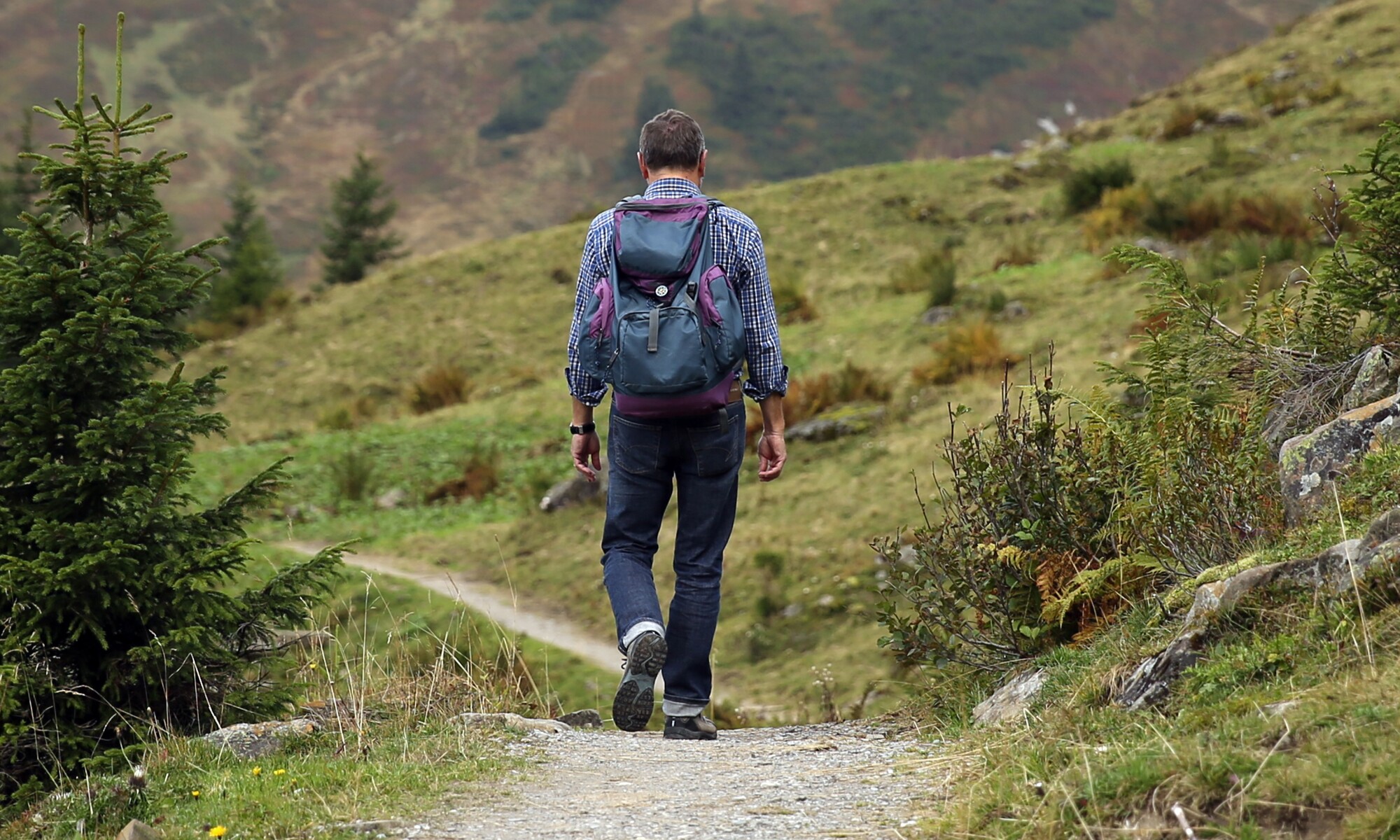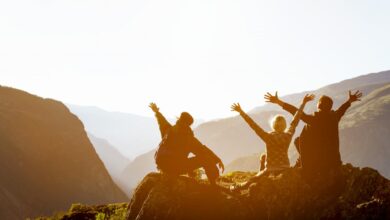Did you know that there are 58.7 million people who claim to have gone on hiking trips in 2021 in the USA alone? Sounds amazing, doesn’t it? Who doesn’t love being one with nature?
When you go hiking alone, you suddenly free yourself from having to ensure other people are having fun – no one is going to be offended if you decide you want to go hiking back the way you came. When you go alone, you have total freedom, not only over time and money but also space.
But there are some hiking safety tips you need when hiking solo. Read on to learn more and start preparing for your solo hikes immediately.
1. Hiking Safety Tips: Plan And Research Your Route
Planning and researching your route is one of the most important ways to ensure safe solo hiking. Before setting off, map out the area, including potential detours or changes in plans if necessary. Identify any danger or difficult areas ahead of time, like cliffs, difficult terrain, streams, etc.
Get detailed information about the area, including landmarks, major trails, and other points of interest that may help you stay on the right track. Check-in with local rangers and outfitters for accurate and up-to-date advice. Bring a printed or digital copy of the route with you, as well as a spare compass or GPS just in case.
2. Carry Essential Gear
When going out on a solo hike, it’s vital to have the essential gear or hiking equipment you may need in an emergency. Start by bringing a good quality hiking backpack and stuff it with the Ten Essential Items recommended by mountaineers. These include extra clothing, navigation tools, first-aid supplies, a flashlight, food, water, and shelter.
Make sure to stow away a whistle, signaling mirror, and a safety phone in your pack. If you plan to camp out overnight, don’t forget to bring along a tent, sleeping bag, and extra blankets. It’s also wise to carry a 30- or 40-foot length of utility rope. Finally, bring a fire starter kit to ward off hypothermia in emergencies.
3. Check The Weather Forecast
It is important to check the weather forecast before embarking on a hike. Checking the temperature, wind speed, and precipitation can help you plan for the proper clothing and to prepare for dangerous weather changes. If the forecast calls for heavy rain, strong wind, or temperatures below freezing, it is best to postpone your hike.
4. Stay Hydrated And Nourished
When participating in a solo hike, it is imperative to stay hydrated and nourished. One of the essential pieces is a water bottle running belt. A general rule of thumb is one liter per hour of moderate activity. Eating nutrient-dense foods provides energy and prevents fatigue.
Foods with complex carbohydrates, protein, and healthy fats are great options for hiking snacks. Pack several snacks to munch on throughout the day, and make sure to pack more in case of an emergency restriction. Electrolyte drinks and tablets can be helpful in preventing dehydration.
Sip water throughout your journey, and consume snacks that are rich in essential nutrients.
5. Stay On Marked Trails
When it comes to solo hiking safety tips and suggestions, one of the most important concepts to remember is to stay on marked hiking trails. This means that if you’re unfamiliar with an area, you should stick to designated and established pathways. This will help to ensure that you stay safe and are able to easily make your way back to the beginning of the trail if you have any problems, such as running out of water or getting lost.
Leaving the trail can leave you vulnerable to hazards such as hidden drop-offs, wild animals, heavy brush, and inclement weather.
6. Be Aware Of Wildlife
When hiking alone, be particularly aware of wildlife. Use caution when hiking in areas where there is abundant wildlife. If you spot a large animal such as a bear, back away slowly and calmly – making sure not to make any sudden movements.
Be on the lookout for snakes as well. Make sure you keep a sharp eye on where you are walking and keep children and pets close by. Avoid areas with strong animal odors or carcasses that could attract predatory animals.
7. Learn Basic First Aid Skills
When it comes to solo hiking safety tips and suggestions to avoid common risks, one should always learn basic first aid skills. Being able to quickly respond to an injury can be the difference between a bad situation and a disastrous one when you are out on the trail alone. Make sure to carry a first aid kit with supplies such as bandages, antiseptic, and tweezers in case of a nasty injury.
By following all of the suggested safety tips and learning basic first aid, you are much more likely to be safe and avoid common risks while solo hiking.
8. Practice Situational Awareness
Solo hiking can be a rewarding experience. However, one must stay safe while also enjoying the experience. One of the most important safety tips for solo hiking is to practice situational awareness. This means being aware of your surroundings and taking every precaution to remain safe.
Let someone know where you’ll be and when you plan to return, and carry a charged cell phone as well as a whistle for emergencies. Familiarize yourself with the terrain and any potential hazards, and take frequent breaks to remain alert, as fatigue can be a danger. Make safety your top priority, and enjoy the peacefulness that solo hiking can bring.
Stay Alert And Prepared When Hiking Solo
Solo hiking can be incredibly rewarding as long as you take the necessary hiking safety tips. Keep the key tips in mind: plan, tell someone, research the area, bring the right gear, pay attention, and know your limits. While these tips make solo hiking safer, it’s important to always stay vigilant and alert.
Be sure to plan and execute your hike responsibly for the safest experience!
Interested in learning more? Then be sure to visit our website for more answers to your questions.





